If you live in a cold climate you know how much we rely on wool when it comes to staying warm. Coats, hats, sweaters, scarves, gloves, socks, blankets: you name it, it’s made of wool. It is also a less obvious example of animal suffering in the fashion industry, and as a result, it is often overlooked or misunderstood.
Lately, as I’ve been shopping nearly non-stop with clients to create or supplement their winter wardrobes, the topic of wool has often come up a lot. Some women have a sensitivity to it and it makes them itch and others find it too heavy and prefer lighter fabrics. I do not generally bring up the ethical issues around the wearing of wool unless I am asked.
What I am finding, however, is that many people’s curiosity is piqued when they find out that I choose not to wear wool because of what happens to the sheep. The fabric seems so benign—the sheep are just sheared, they say, not killed—that they look quizzically at me.
I understand. I used to think the same thing. But sadly, it is not as simple as that.
What is the problem with wool? If this is a new awareness for you, let me present a few questions and answers to help:
- Do sheep die for us to wear wool?
Yes. Not immediately, of course, although some do as a result of the farming conditions. But once they become unproductive wool producers, they are shipped off to slaughter— and die much younger than they would if it were a natural death. Just like dairy cows whose milk we take, once sheep are past their wool-producing prime, they are killed. So although we don’t have to slaughter them to obtain their wool, we are ultimately responsible for their untimely and horrific (believe me, it’s not pretty!) death.
The Ugg boot trend is another thing altogether. Sheep die to make these boots because they require both sheep wool and sheep skin. Wearing a pair of Uggs is like wearing a fur coat, only the fur (in this case, wool) is worn on the inside.
- Does shearing harm the sheep?
We have purposely bred domesticated Merino wool sheep to have extra folds in their skin thereby creating more wool per sheep. As a result, if domesticated sheep are not shorn soon enough, they can die from heat exhaustion and other issues related to too much wool being produced. That said, they are often sheared in the early spring before it is actually warm enough for them to be comfortable without their wool, which, of course, they grow to protect them from cold temperatures. The result is that some die from exposure.
When it comes to the shearing process, some family farms might do it delicately. But all you have to do is take a look around the stores to realize that absolutely massive amounts of wool are being produced, and small farmers are not doing the bulk of it.
The wool industry is a huge agribusiness, and the sheep are their “product.” Time is of the essence! But if great care is not taken when shearing (and even when it is), it can be extremely stressful to the sheep and result in serious injuries. You can guess how many sheep have peaceful shearing sessions and even the ones on family farms generally end up at the slaughterhouse.
This is just the tip of the iceberg when it comes to the journey from sheep to sweater. You can learn more online at www.veganpeace.com and www.greenopedia.com.
- What do you wear instead of wool?
If wool has been your go-to fabric in the winter, you might be in a state of disbelief. People often ask, “If you don’t wear wool, what do you wear?”
The good news is that you do not have to rely on wool. I don’t and I have a great need to be warm in the winter. You might have to look around a bit more and definitely read labels, but there are other options available. Here are some tips:
- Try a thick, knit cotton, acrylic, polar fleece or manmade fiber that holds the warmth in. This cotton shawl sweater with toggle closures comes in several colors and has a nice weight to it:
Or try something funkier like this drape front sweater:
- Layer! You can find plenty of lightweight warm layer pieces that don’t add bulk but keep you toasty. Recover Design tops are my all-time favorites and they come in 28+ colors. They are one size fits almost all (to about a size 16). You might have to have the sleeves shortened or length shortened if you are more petite, but it fits many bodies. I have them in many colors and they come in other styles than this one:
- Add a scarf. Scarves are always a plus for an outfit, and keeping your neck warm is one of the keys to staying warm all over. This one comes in rust or blue and is made of a soft acrylic.
Or this pretty scarf in polyester and viscose:
Need help tying them? Check out my two scarf videos on my YouTube channel.
One of the trickiest concerns for any vegan in a cold climate is finding a fashionable winter coat that is not made out of wool, fur or down. Leanne Mai-ly Hilgart, the creative founder of Vaute Couture is leading the way in this area both in terms of vegan options and environmental awareness. Here’s what she says about the fabrics for her beautiful coats:
“Our coat fabrics are not just ethical – they are advanced new fabrics designed for weather protection, insulation, and comfort, with super pretty textures and flirty drapes. Our shell fabrics are a new advanced textured Polartec fabric, made in the USA and 100% recyclable, with a recycled option, lined in a 100% Recycled, Closed Loop, Zero Waste Satin Ripstop from the Teijin Eco Circle collection. Each coat is finished off with gorgeous buttons – either deadstock metal vintage buttons from a UK factory, or the ‘vegetable ivory’ Tagua Nut.”
Here is the my latest acquisition from Vaute Couture (made out of ‘wonderfelt’ – I couldn’t resist this amazing color:
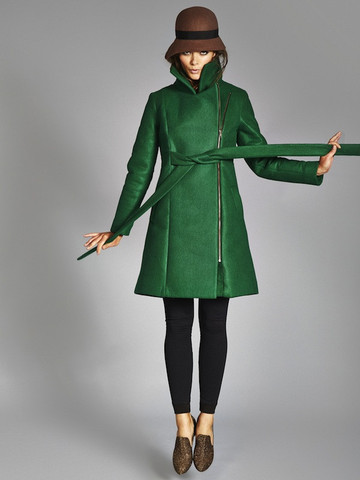
If this is news to you, do some research on how wool is produced. What I have shared with you is just the tip of the iceberg. Look for alternatives and support the companies, like Vaute Couture, that are committed to cruelty-free, eco-friendly fashion. In the long run we all (people, animals and the environment) benefit!



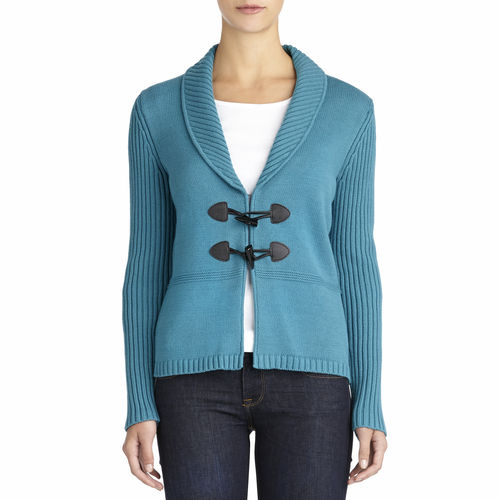
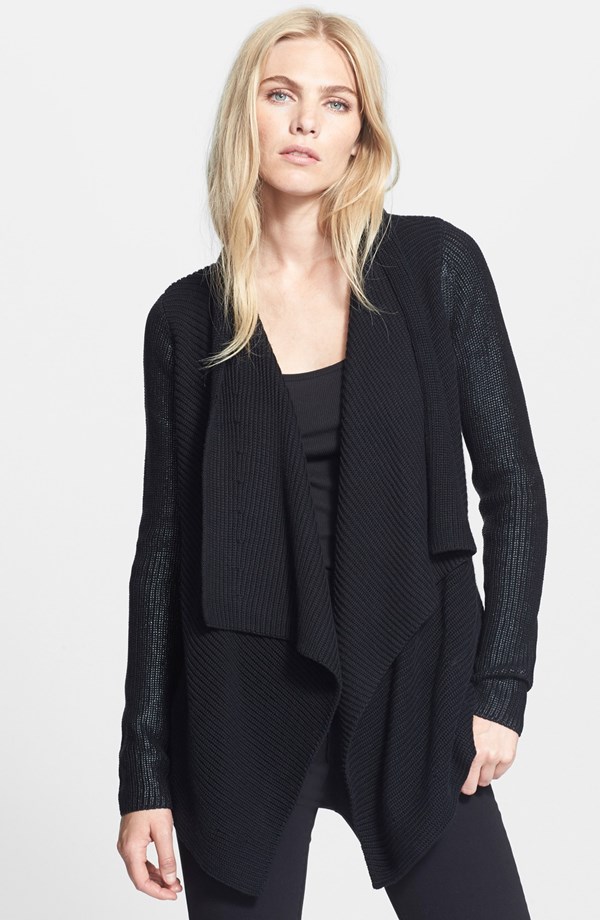
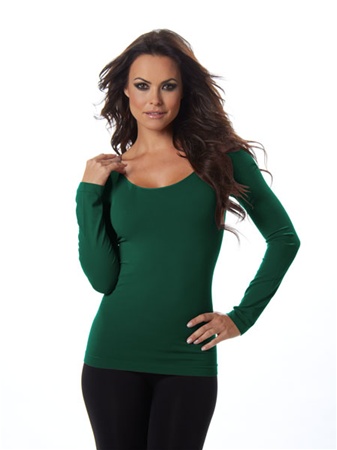
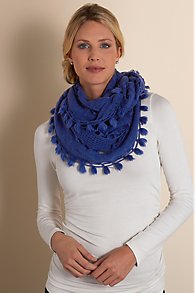
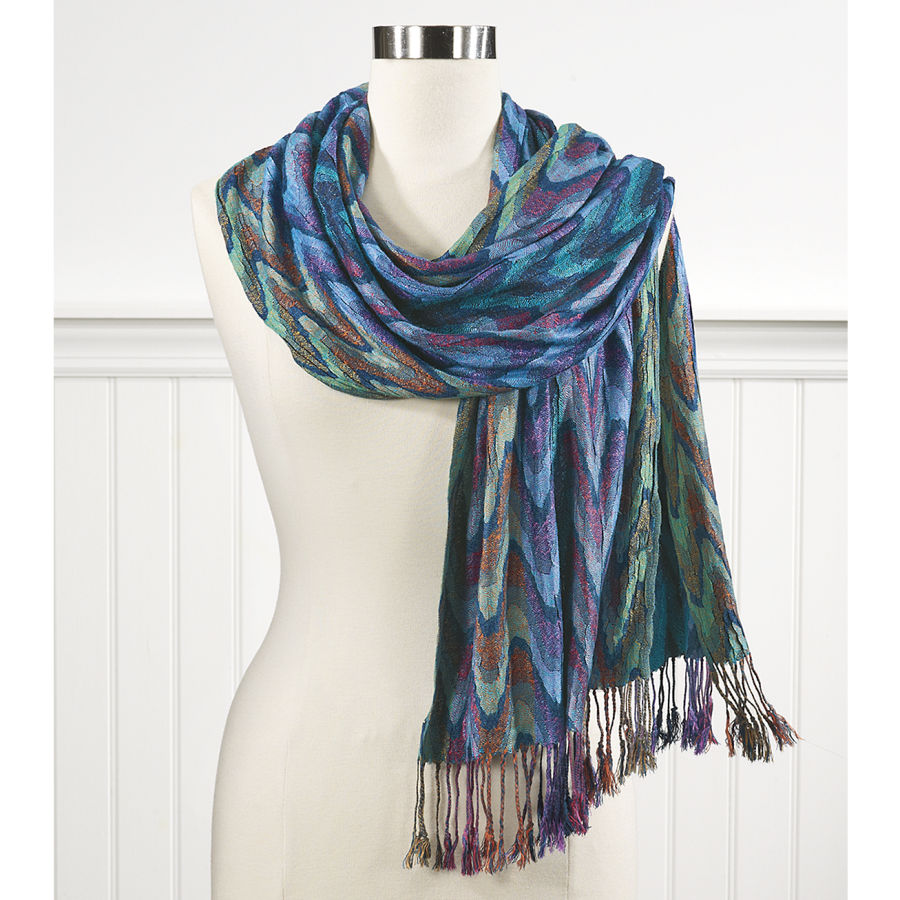
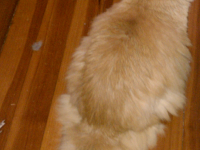

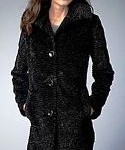
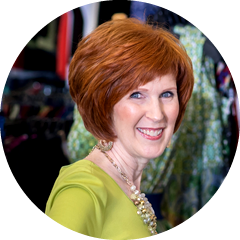
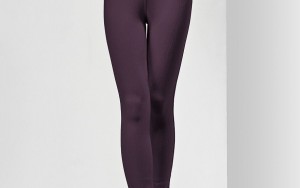

2 Responses
Very helpful. Hadn’t thought about using scarves working from home for that extra warmth. Perfect timing, as I’m about to go through and pare down the ones I have a bit, so can keep in mind which may be best for the winter. I’m the one who’s always freezing.
Ooooh, yes, scarves are awesome even when you’re inside. I wore one all day yesterday and it adds pizzazz to an outfit and feels cozy. Have fun with them and be sure to watch my youtube videos if you need help tying them.